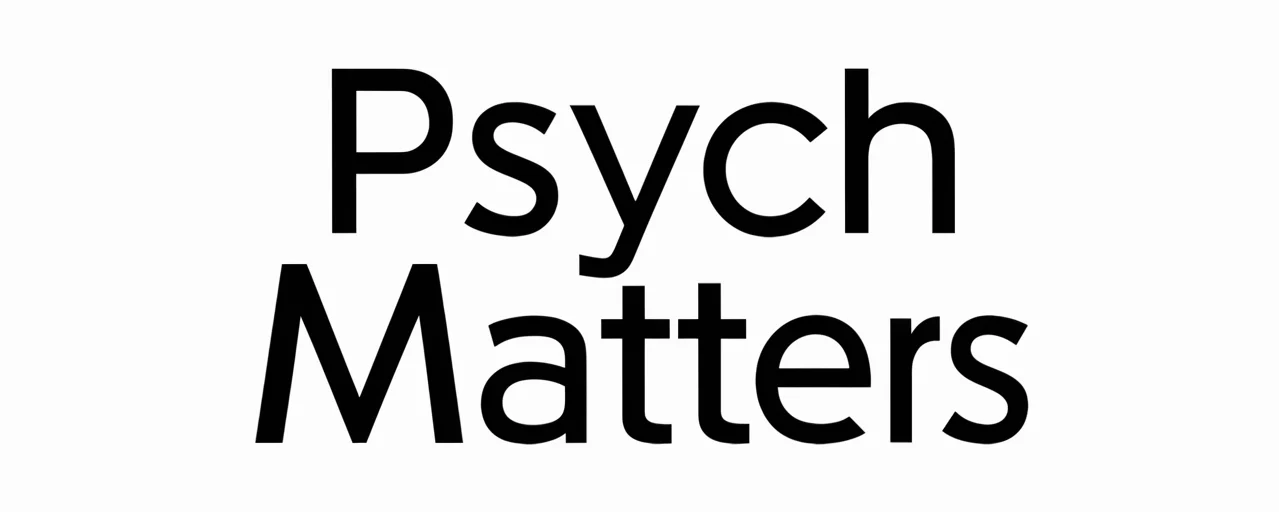Forecasting Calm: A Practical Guide to Anticipatory Anxiety and Preparation
Introduction – Facing Tomorrow Today
Anticipatory anxiety affects countless individuals as they approach uncertain or high-stakes moments, ranging from presentations to major life changes. While moderate concern can be productive, enabling preparation and focus, excessive future-focused worry can undermine confidence and performance. Understanding the nature of this anxiety — and adopting structured preparation techniques — is key to managing its impact.

Understanding Anticipatory Anxiety
Anticipatory anxiety refers to disproportionate worry or fear about an upcoming event, often centering on imagined negative outcomes. Unlike normal nervousness, it can persist for hours, days, or even weeks, interfering with daily functioning and increasing emotional distress.

It can occur in predictable contexts such as public speaking, interviews, or healthcare appointments, as well as in uncertain situations like potential relationship changes or environmental threats. This pre-event anxiety often incorporates catastrophic thinking, where worst-case scenarios dominate thoughts, leading to avoidance and reinforcing anxiety.
Research highlights that uncertainty amplifies anticipatory anxiety — the brain’s predictive mechanisms are disrupted when outcomes cannot be reliably foreseen, resulting in heightened physiological reactions such as increased heart rate, muscle tension, or stomach upset (neurobiological studies support this link between uncertainty and anxious response).
The Role of Preparation in Alleviating Anxiety
Preparation can act as a counterbalance to anticipatory anxiety by reducing perceived uncertainty and increasing self-efficacy. Mental health professionals note that proactive planning mitigates distress by providing a sense of control, particularly in situations tied to life transitions or high-performance demands.

This aligns with principles seen in cognitive behavioral therapy, where individuals identify anxious triggers, challenge distorted “what-if” thinking, and rehearse adaptive responses. Structured preparation can diminish the severity of anxiety symptoms, enhance focus, and prevent the escalation into panic attacks.
Practical Preparation Strategies
Effective anxiety preparation combines mental rehearsal, physical readiness, and targeted coping skills. Below are evidence-based techniques widely used in anticipatory anxiety management:

1. Cognitive Approaches
- Worry Time Scheduling: Allocate a specific “worry period” each day to process concerns, as described in wait-to-worry methods.
- Reframing Catastrophic Thinking: Challenge exaggerated negative outcomes by generating balanced alternative scenarios.
- Anxiety Journaling: Documenting triggers, feelings, and coping responses can clarify patterns.
2. Mindfulness and Relaxation Methods
- Breathing Exercises: Slow, deep breathing lowers physiological arousal and restores calm.
- Progressive Muscle Relaxation: Systematically tense and release muscle groups to reduce tension.
- Grounding Techniques: Focus on sensory details to reorient attention to the present moment.
3. Exposure and Mental Rehearsal
- Exposure Therapy: Gradual immersion in feared situations, starting from least intimidating to most challenging.
- Visualization Strategies: Mentally rehearsing successful outcomes to build confidence.
- Pre-performance Rituals: Stable routines before events to signal readiness and stability.
4. Building an Anxiety Preparation Toolkit
- Include coping resources — breathing scripts, encouraging notes, grounding object, and a checklist of pre-event tasks.
- Personalize strategies based on past experiences and current anxiety symptoms.
Sustaining Calm After the Event
Post-event recovery plays an important role in breaking the anticipatory anxiety cycle. Without reflection and reinforcement, individuals risk quickly reverting to pre-event worry patterns. Key methods include:

- Debriefing: Evaluate what went well and what could be improved, avoiding self-criticism.
- Positive Reinforcement: Acknowledge effort invested in preparation rather than outcome alone.
- Mindful Cool-Down: Use relaxation exercises immediately after to restore baseline emotional state.
- Future Planning: Apply learned techniques to upcoming events to sustain confidence growth.
Psychologists highlight that consistent engagement in coping activities can promote emotional regulation, preventing feelings of dread from accumulating before the next scheduled event.
Conclusion – Stepping Confidently Into the Future
Anticipatory anxiety stems from the interplay of uncertainty, cognitive biases, and emotional vulnerability. However, it can be effectively managed through informed preparation, targeted coping strategies, and post-event reflection. By identifying triggers, using structured rehearsal, and practicing relaxation methods, individuals can build resilience and approach future challenges with steady confidence.







